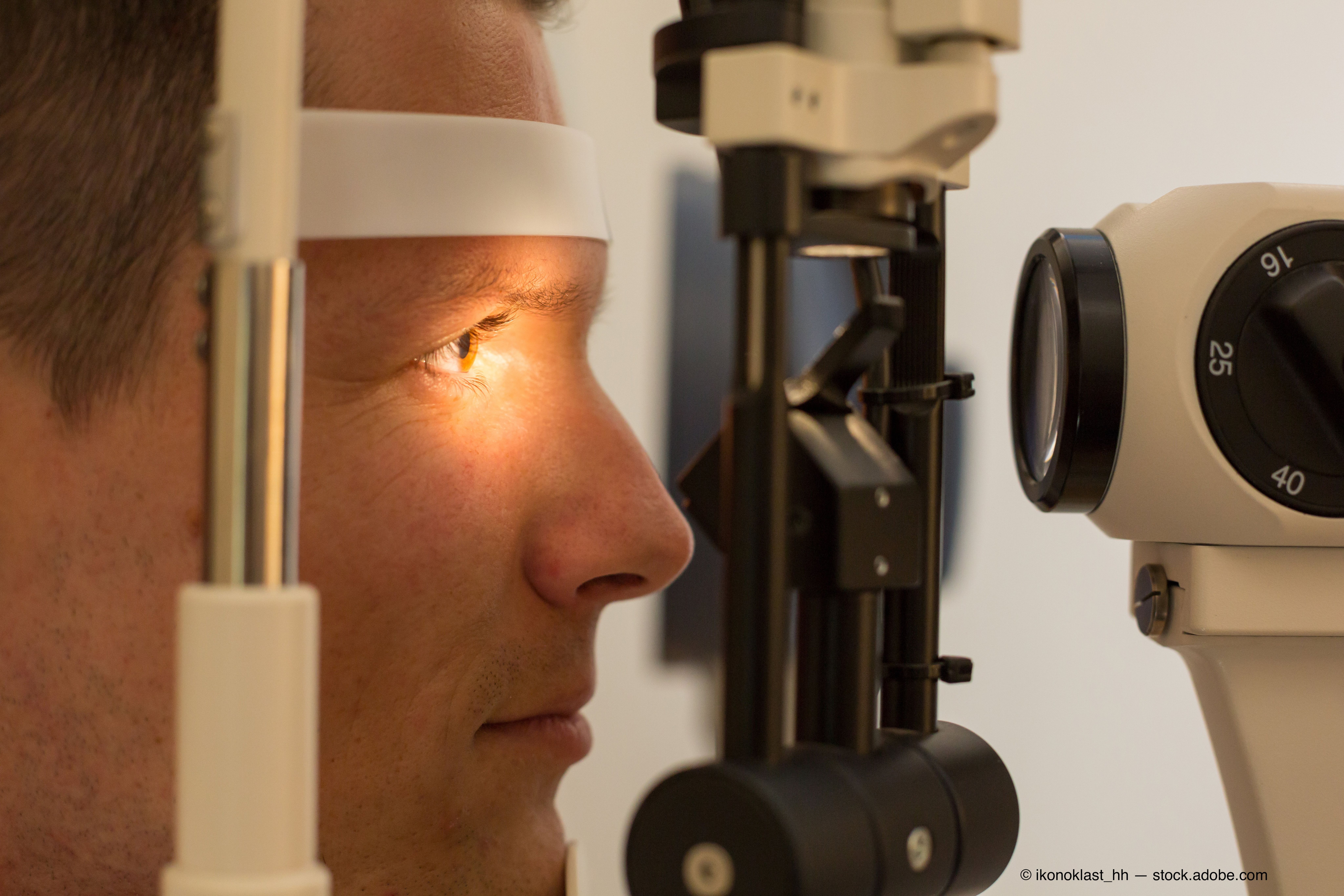News
Article
Study focuses on HOA measurements in normal keratoconic eyes
Author(s):

In normal eyes, Scheimpflug and Dual Scheimpflug-Placido devices produced significantly different values for all HOAs except spherical aberrations. The correlations were moderage to strong.
This article was reviewed by J. Bradley Randleman, MD
The evolution of wavefront technology analysis has contributed to the understanding and management of the eye’s aberrations, aiding in the correction of refractive errors with excimer lasers, and in cataract surgeries by matching IOLs to the patient-specific aberrations.
Also, higher order aberrations (HOAs) have been utilized for keratoconus screening, to evaluate the outcomes after a cross-linking procedure, and to plan the selection of intracorneal rings.
The study being described here compared the difference and agreements of total corneal HOA measurements in normal and keratoconic eyes, using Scheimpflug and dual Scheimpflug-Placido imaging systems.
Study methods
This was a retrospective between-devices comparative study. In all, 105 healthy eyes screened for refractive surgery and 50 eyes screened and diagnosed with keratoconus were evaluated sequentially, using a Scheimpflug device and a dual Scheimpflug-Placido device.
Differences, correlations, and agreement of total corneal HOAs between the two devices were assessed in the two different groups.
In normal eyes, Scheimpflug and dual Scheimpflug-Placido devices produced significantly different values for all HOAs except spherical aberrations.
The correlations were, however, moderate to strong. The Bland-Altman plot shows reasonable agreement was found in all values.
In keratoconic eyes, HOAs that were measured using these devices produced significantly different values with highly variable correlations between them.
A wide limit of agreement was found, and as expected the best agreement was for eyes with less-steep corneas.
The researchers also compared the difference of the limit of agreement for spherical aberrations and vertical coma, dividing them in groups based on K values.
The Bland-Altman plot shows how the limit of agreement spreads, as the K value increases.
Conclusions
Measurements of HOAs from these devices, while different, can be considered reasonably equivalent for clinical use in normal eyes. Differences and lack of optimal agreement, however, could be significant in research reports that utilize HOA as an endpoint.
On the other hand, patients with keratoconus showed generally limited correlations and a wide limit of agreement. In accordance with other papers that evaluate other measurements such as keratometry, or pachymetry, stronger correlations and better agreement were observed in eyes with less-steep corneas.
Based on their findings in this study, the authors said measurements of HOA should not be considered equivalent or interchangeable between these two devices when used for screening subclinical ectatic disease, to follow outcomes after crosslinking, or to plan implantation of intracorneal rings.
J. Bradley Randleman, MD
P: 216-444-8158
Dr. Randleman has no financial disclosures related to this content.
Newsletter
Don’t miss out—get Ophthalmology Times updates on the latest clinical advancements and expert interviews, straight to your inbox.




